The Winter Road by Kate Holden
Jane McCredie, CEO
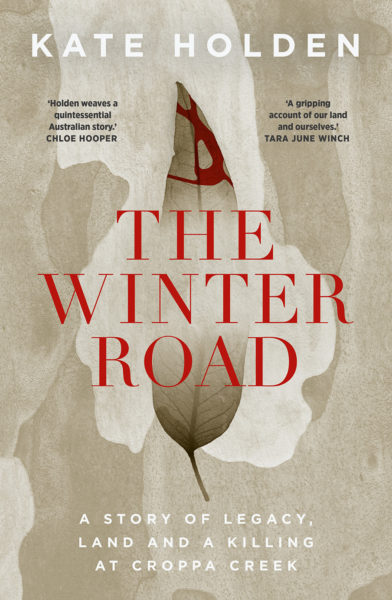
Kate Holden’s The Winter Road is part gripping suspense story, part philosophical exploration of Australian attitudes to land ownership and farming practice. In 2014, on a lonely road near Moree, 80-year-old farmer Ian Turnbull shot and killed the environmental officer who had been investigating illegal land clearing on his properties. The murder of Glen Turner exposed the deep rift between historical beliefs in land “improvement” and a more recent focus on conservation of ecosystems. Holden tells the story with skill and insight, raising questions that are fundamental to the future of land management in this country.
The Mother Wound by Amani Haydar
Rowena Tuziak, Membership & Operations Manager
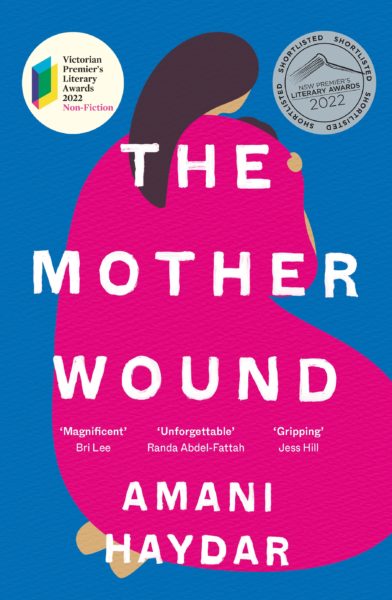
Amani Haydar’s The Mother Wound is a devastatingly personal account of her mother, Salwa Haydar’s brutal death at the hands of her father.
Five months pregnant when her mother is killed, Haydar must re-evaluate what it is to be a mother, now carrying the trauma of her own mother’s violent death, and the violent death of her grandmother before her, killed by the 2006 Israeli bombing of Lebanon. It is a story not just of the wounds that break our bodies, but the other kind as well, emotional abuse and coercion, so insidious that it can be hard to spot.
As Haydar drip feeds the clues to her father’s nuanced but persistent emotional violence, it becomes apparent that coercive control is a very clear precursor in acts of physical violence in the home, adding credence to the movement to criminalise coercive control in NSW. I was hooked as Haydar deftly unspooled the thread of this memoir. It feels voyeuristic to describe this work as suspenseful, but such is the craft of Haydar’s writing that it is at once insightful, informative, emotional, and deeply enthralling.
The work examines judicial failings, textured by Haydar’s own knowledge of the broader system, herself a commercial lawyer at the time. Haydar critiques her extended family and cultural community, reflecting on the weight of expectation around what it is to be a good daughter, and ultimately a good victim, complicated further by the societal Islamophobia, primed to exploit her family’s crisis.
Vulnerable but powerful, scholarly but intimate, this is a memoir of inherited trauma and inherited resilience.
Helpful articles in considering how the arts and culture are supported in Australia
Julia Tsalis, Program Director
As much as I would like to be unconscious for the duration of the election campaign, I am unable to ignore the issues that are important to me. One of these is government support for arts and culture. The current government does not have a cultural policy and Labor or the Greens are yet to release one. In lieu of a policy the budget has to stand in as the guide to the Liberal Party’s intentions for the arts. It was very disappointing to see a 20% cut to arts funding in the budget, on top of multiple years of previous cuts, and that there was no additional funding to support First Nations arts and culture. These are some articles that I found very helpful in considering how the arts and culture are supported in Australia:
In How Neoliberalism Swallowed Arts Policy, Lauren Carroll Harris gives a comprehensive overview of arts policy in Australia since the 1950s and identifies the current issues and challenges.
Kate Larsen provides an excellent overview of the importance of a national cultural policy, the work being done in this area, and how to judge the proposed policies in Preparing a Cultural Policy Scorecard.
Arts advocate Esther Anatolitis provides commentary on the budget here and gives a summary of where the parties stand on cultural policy and what actions can be taken.
If you feel called to take action you can find ways to support the arts with the #ArtAndCultureAreEssential campaign and the vote for art campaign run by NAVA.
I also think now is an appropriate time to return to the Uluru Statement from the Heart, a beautiful piece of writing and an extraordinary call to action. I hope that reading it will lead you to consider the invitation to support a First Nations voice enshrined in the constitution.
Wild Abandon by Emily Bitto
Amy Lovat, Professional Development Officer
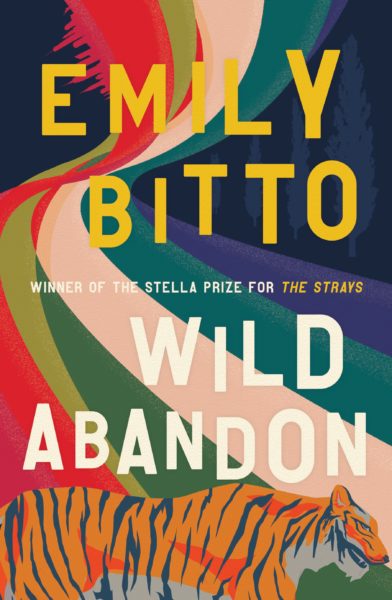
Stone Fruit by Lee Lai
Isaac Wilcox, Administration and Digital Services Officer
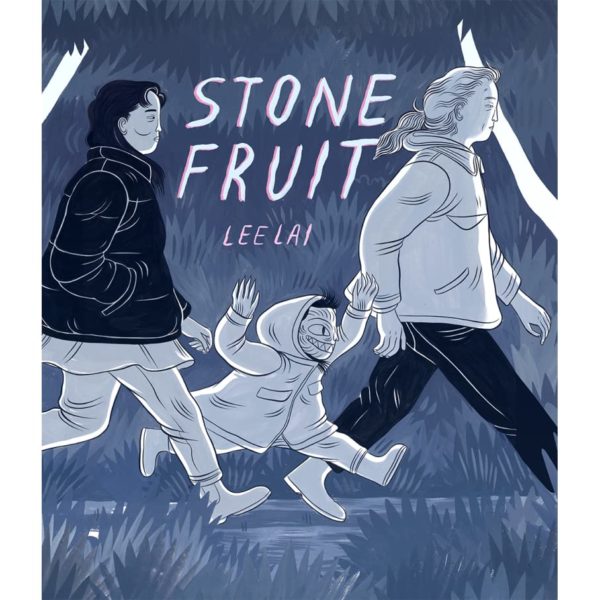
Early last year I decided to accept slow time and reserve books at the local library. Days, weeks, months go by and, maybe, I would get to read what everyone else read a while ago. The library notification pinged into my email, finally I could read Stone Fruit.
Lee Lai’s amazing book is very concerned with time. It’s a story about a queer couple and their relationship with each other, their families, the spaces between and the forms that reconciliation can take. There’s a lot of politics in there, but it deals with it so gracefully and effortlessly allowing every character to speak and inhabit the space. A lot of comics out there look great but can’t carry a cup of tea. This story could only be told as a comic and really showcases what great comics are. Lee Lai’s images are beautiful, with wonderful painted line and washes, blooming one after the other, the timing exquisite.
I just couldn’t put it down, with begrudging breaks to settle our little boy back to sleep. It’s a thoroughly restorative book, which is funny because most of the book deals with a breakup. Interestingly, Lee Lai has said that after university she ditched the high arts in favour of the low art medium of comics. That’s worth looking at and thinking how such a compelling story is considered high or low. Maybe we need to look at what our assumptions really mean and how they play out in the world.
Get down your local library and reserve yourself a copy now!
More from Writing NSW
Check out our full range of in-person writing courses in Sydney, our online writing courses and our feedback programs to see how we can help you on your writing journey. Find out about our grants and prizes, as well as writing groups across NSW, and sign up to our weekly newsletter for writing events, opportunities and giveaways.
